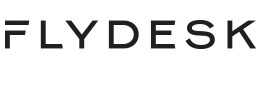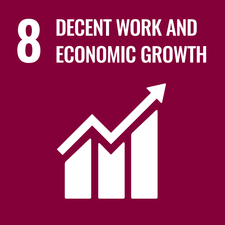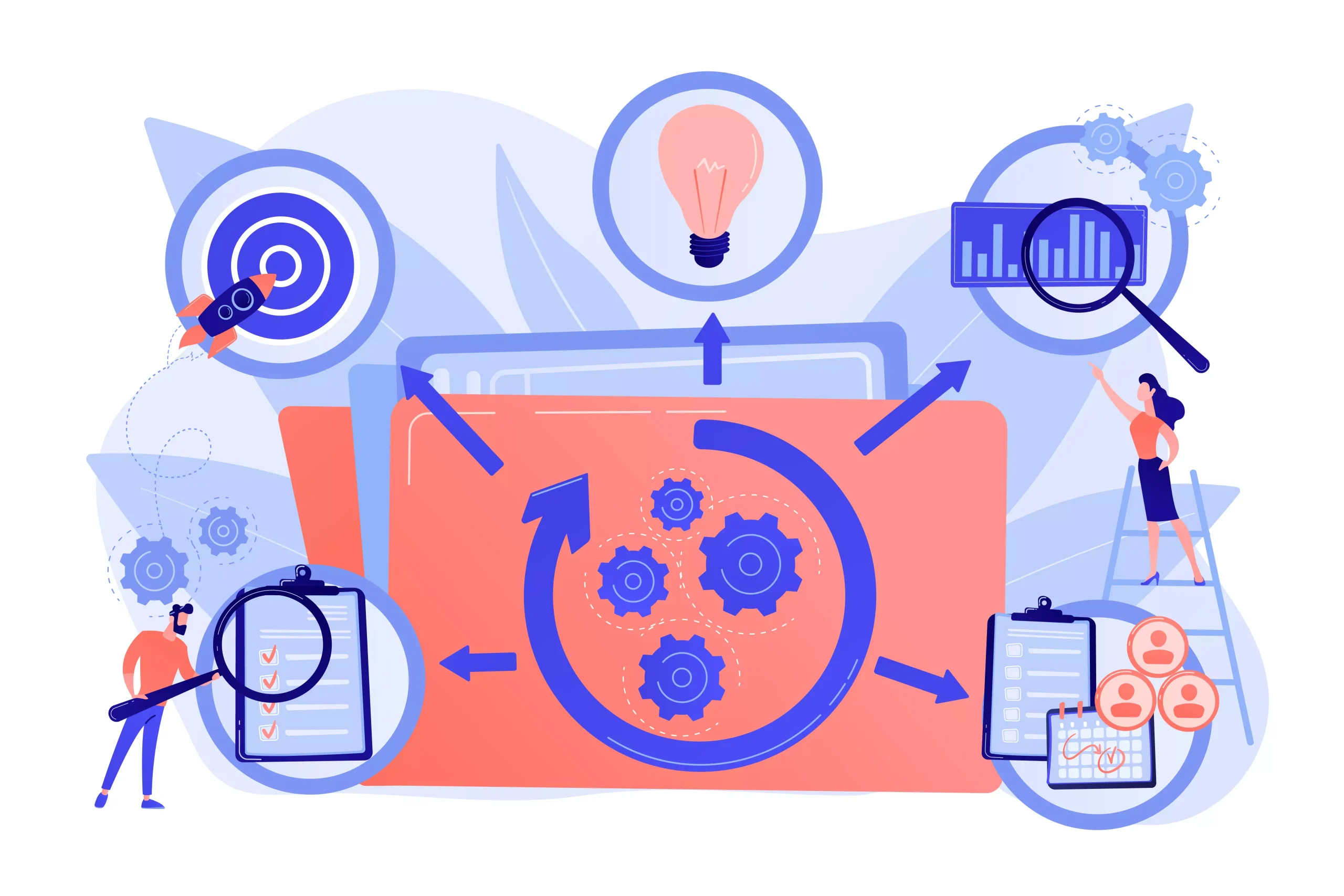Easily hire remote talents from Africa
Get access to 20,000+ professionals based in Africa.
Outsource to remote freelancers or employees.
We handle employment contracts and payroll.














Our outsourcing solutions
Talenteum enables businesses of all sizes to compliantly outsource to remote professionals.
How does it work?
Talenteum empowers your business with access to a diverse talent pool from Africa. We handle talent sourcing, employment contracts and payroll.
You benefit from cost-effective and compliant hiring as if your company was locally based in the talent’s country.
Build your remote team with ease
Hire African gems 
Hire skilled professionals dedicated to your business, with a real and compliant employment contract.
- Your employees, 100% dedicated
- Your management decisions
- Your intellectual property
- Your rules and processes
- Your corporate culture
Make a impact 
Improve your collaboration with remote professionals and uplift talents from emerging countries.
- Offer your employees real contracts
- Create legal and financial security
- Engage in long-term collaborations
- Enhance your team's diversity
- Contribute to four SDGs
Scale your recruitment 
Create a multi-country remote team, grow your business and scale your recruitment operations.
- Simplify your payroll process
- Hire from optimal time zones
- Optimize your HR processes
- Choose your preferred countries
- Never worry about compliance again
Responsible outsourcing to Africa
Talenteum helps talents from emerging countries find and secure remote jobs from international organisations.
We offer these talents a fully compliant employment contract according to their local labor laws.
Our commitment aligns with four of the United Nations Sustainable Development Goals (SDGs).




We simplify remote talent acquisition
We identify and source remote talents that match your business needs and recruit them on your behalf.
Employment contracts
We handle employment contracts for your remote employees.
Guaranteed compliance
Talenteum ensures full compliance with your workers' local labor laws.
Talent payroll
We ensure accurate and timely international salary payments.
Legal expertise
Leverage our expertise to navigate diverse employment laws.
Tax & contributions
We handle tax & mandatory contributions as required by local laws.
Multiple currencies
Talents are paid in their local currency, directly to their bank account.
What our clients say
Future of work
Discover articles, templates, and practical resources to streamline your processes.









